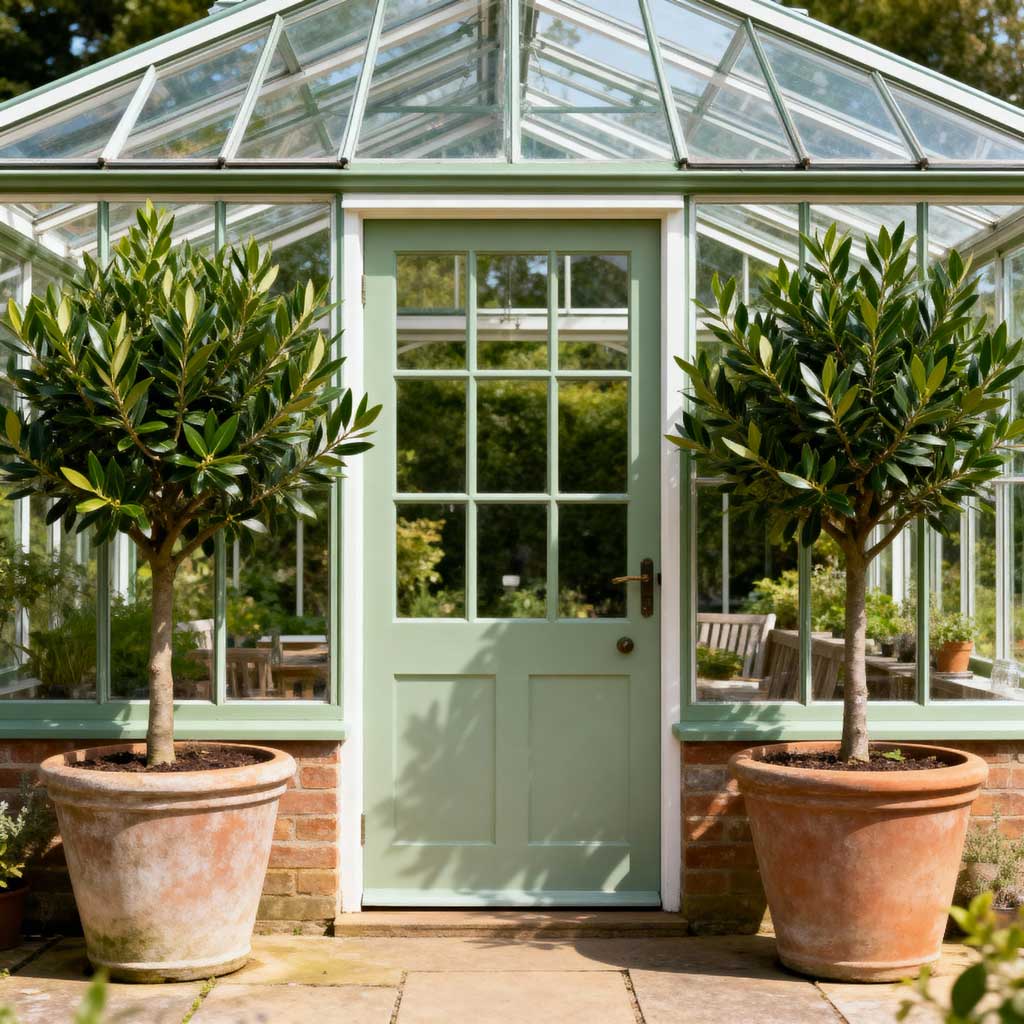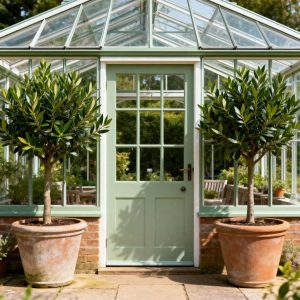Conservatories have long been a cherished feature of British homes, offering a seamless link between the indoors and the garden. These light-filled spaces create a place to relax, entertain, or enjoy year-round natural light. For many homeowners, a traditional conservatory represents more than an extension — it’s a timeless addition that enhances both the look and value of a property.
Whether your home is a Victorian townhouse, a Georgian cottage, or a listed building within a conservation area, choosing the right conservatory style is essential to preserving the property’s character while adding modern comfort.
What Defines a Traditional Conservatory?
A traditional conservatory takes its cues from classic British architecture. These designs often feature ornate detailing, symmetrical layouts, and elegant materials such as timber or metal frames paired with large glazed panels. Unlike ultra-modern glass boxes, traditional conservatories are designed to complement period properties — blending seamlessly with the home’s original structure and charm.
Why Period Properties Benefit Most
Older homes, particularly those built in the Georgian, Victorian, or Edwardian eras, tend to feature distinctive proportions, window styles, and decorative elements. A modern, minimalist extension can sometimes jar with these features.
Maintaining Architectural Harmony
A traditional conservatory, on the other hand, respects the original craftsmanship. The pitched roofs, ridge crests, and decorative finials echo the design language of the main building. For homeowners who want to extend their living space without compromising authenticity, this approach ensures the new addition feels like a natural continuation of the property rather than an afterthought.
Conservatories in Conservation Areas
If your home lies within a designated conservation area, planning permission rules can be strict. Councils typically require that any extension preserves the character of the local architecture.
A traditional conservatory is often a suitable solution because it aligns with these preservation principles. Many local authorities are more inclined to approve designs that use sympathetic materials, period-appropriate glazing, and rooflines that reflect the home’s original era.
Planning Permission Considerations
Before starting work, it’s wise to consult with your local planning office or an architect experienced in heritage properties. They can advise on requirements such as frame colour, glass type, and permitted dimensions. In some cases, you may need to demonstrate that the conservatory will not obscure key architectural details or impact neighbouring properties.
Choosing the Right Materials
Material choice plays a crucial role in achieving an authentic traditional look. Timber is a classic option that offers warmth and elegance, especially when painted in heritage shades such as off-white, sage, or cream.
Aluminium can also be a good choice — modern versions can replicate the slim sightlines of steel-framed conservatories while offering durability and low maintenance. For listed buildings, using natural materials and traditional joinery techniques can be vital for gaining approval.
Design Details That Make the Difference
Small design decisions can have a big impact on the overall effect of your conservatory.
Roof Styles and Glazing Options
Traditional conservatories typically feature pitched or gabled roofs that complement the lines of period homes. Decorative cresting and finials add a touch of elegance, while multi-pane glazing or Georgian bars reinforce the historic aesthetic.
When it comes to glass, modern advancements such as self-cleaning or thermally efficient glazing allow homeowners to enjoy all the beauty of a traditional design with none of the draughts or maintenance headaches associated with older models.
Integrating the Conservatory with Your Home
A successful traditional conservatory doesn’t just look right from the outside — it should also flow naturally within the home. Matching flooring materials, paint colours, and interior furnishings can help unify the space.
For example, a Victorian-inspired conservatory might feature tiled flooring, wrought iron details, and rattan furniture, while a Georgian design might opt for symmetry, muted tones, and elegant French doors opening onto the garden.
Enhancing Value and Lifestyle
Adding a traditional conservatory isn’t merely an aesthetic choice — it’s also a practical investment. Homeowners gain extra living space that can serve as a dining area, home office, or garden lounge. When designed sympathetically, it can also enhance curb appeal and property value, particularly for buyers drawn to period charm.
For homeowners of period properties or those living in conservation areas, a traditional conservatory offers the perfect blend of heritage and modern comfort. By respecting architectural integrity, choosing authentic materials, and observing planning regulations, you can create a light-filled retreat that enhances both your lifestyle and your home’s timeless beauty.
Featured image: AI generated.



